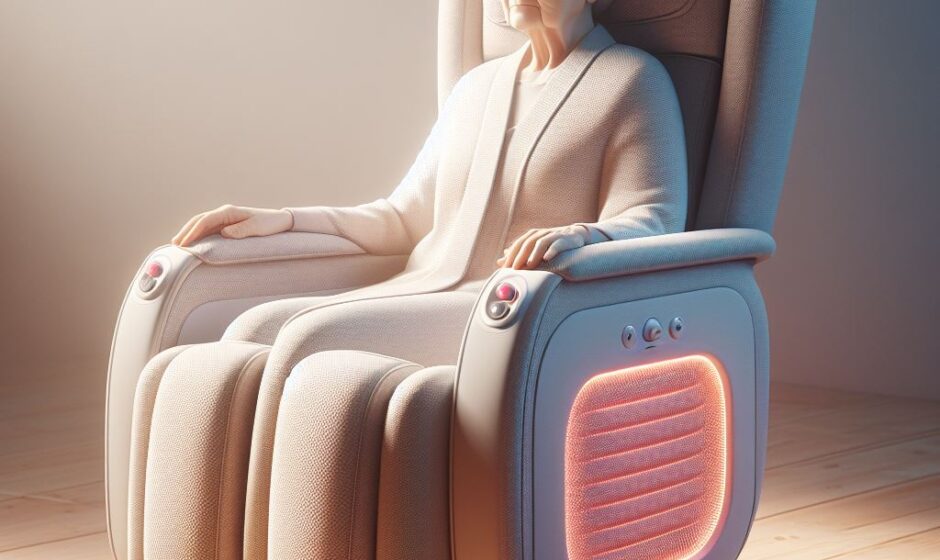Mobility aid refers to any device or equipment that helps individuals with limited mobility to move more easily and independently. These aids can range from simple assistive devices to complex motorized equipment.
Common Types of Mobility Aids:
- Manual wheelchairs: These are propelled by the user’s arms or by a caregiver.
- Power wheelchairs: These are motorized wheelchairs that allow users to navigate independently.
- Walker: A walking aid with four legs that provides support and stability.
- Cane: A single-point support device that can help with balance and stability.
- Crutches: Upper-body support devices that can help with walking and weight-bearing.
- Assistive devices: These can include specialized seating, standing aids, and other equipment to help with specific mobility challenges.
Understanding Mobility Aid Chairs
Mobility aid chairs, often referred to as power wheelchairs or electric wheelchairs, are essential tools for individuals with limited mobility. These motorized devices provide independence and enhance quality of life for people with disabilities. They offer a range of features, including adjustable seating, power tilt and recline, and various control options.
Factors Driving Increased Demand
- Aging Population: The United States has a rapidly aging population, with a growing number of individuals experiencing mobility challenges due to age-related conditions like arthritis, stroke, and degenerative diseases.
- Rising Obesity Rates: Increased obesity rates have led to a higher prevalence of mobility impairments, such as joint pain and difficulty walking.
- Advances in Technology: Technological advancements have resulted in more affordable, reliable, and feature-rich mobility aid chairs, making them accessible to a wider range of individuals.
- Increased Awareness and Acceptance: Growing awareness and acceptance of disabilities have encouraged more people to seek out mobility aids to improve their independence and participation in society.
- Government Initiatives: Government programs and insurance policies that cover mobility aid chairs have played a significant role in increasing their availability and affordability.
Types of Mobility Aid Chairs
- Manual wheelchairs: Require manual propulsion by the user or a caregiver.
- Power wheelchairs: Electrically powered chairs that allow users to navigate independently.
- Stand-up wheelchairs: Can be adjusted to a standing position, providing benefits for circulation and posture.
- All-terrain wheelchairs: Designed for outdoor use on various terrains, including rough surfaces and inclines.
Key Considerations for Choosing a Mobility Aid Chair
- Individual needs and preferences: Consider factors such as the user’s physical abilities, lifestyle, and desired level of independence.
- Features and options: Evaluate features like seating adjustments, power tilt and recline, control options, and battery life.
- Cost and insurance coverage: Research the cost of different models and explore insurance options to help offset expenses.
- Accessibility and maintenance: Consider factors like the availability of repair services and the chair’s suitability for different environments.
The Future of Mobility Aid Chairs: Emerging Trends and Innovations
As technology continues to advance, the field of mobility aid chairs is evolving rapidly. Here are some emerging trends and innovations that are shaping the future of these devices:
1. Advanced Robotics and Artificial Intelligence:
- Autonomous navigation: Mobility aid chairs equipped with advanced sensors and AI algorithms can navigate environments independently, reducing the need for human assistance.
- Gesture control: Intuitive gesture-based controls are being developed to allow users to operate their chairs more naturally and efficiently.
- Exoskeletons: Exoskeleton technology is being integrated with mobility aid chairs to provide additional support and enhance user mobility.
2. Lightweight Materials and Advanced Designs:
- Carbon fiber: Lightweight and durable materials like carbon fiber are being used to create more portable and maneuverable mobility aid chairs.
- Foldable designs: Innovative folding mechanisms are making it easier for users to transport and store their chairs.
3. Enhanced Connectivity and Accessibility:
- Smart features: Mobility aid chairs are becoming increasingly connected, with features like GPS tracking, smartphone integration, and voice control.
- Assistive technology: Advancements in assistive technology are making mobility aid chairs more accessible to individuals with a wider range of disabilities.
4. Personalized Solutions:
- Customizable features: Mobility aid chairs are being tailored to meet the specific needs and preferences of individual users, including options for seating adjustments, control systems, and accessories.
- 3D printing: 3D printing technology is enabling the creation of customized components and accessories for mobility aid chairs.
5. Sustainable and Eco-Friendly Designs:
- Energy-efficient batteries: Advances in battery technology are leading to longer-lasting and more sustainable power sources for mobility aid chairs.
- Recyclable materials: Manufacturers are exploring the use of recyclable materials to reduce the environmental impact of mobility aid chairs.
As these trends continue to develop, mobility aid chairs are becoming more advanced, accessible, and personalized than ever before. These innovations have the potential to revolutionize the way individuals with disabilities navigate their environments and live their lives.
Conclusion
Mobility aid chairs have become an essential tool for individuals with limited mobility in the United States. The increasing demand for these devices is driven by factors such as an aging population, rising obesity rates, technological advancements, and increased awareness and acceptance of disabilities. By understanding the different types of mobility aid chairs and considering individual needs, individuals can make informed decisions about selecting the right device to enhance their independence and quality of life.



